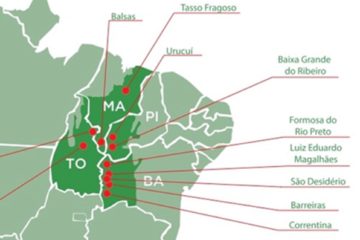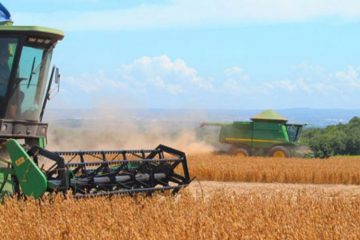Investments in Brazilian Grain Transportation Shrink U.S. Logistical Advantage
Expectation of Logistics Diversification
Brazil has several projects underway to increase the efficiency of its transportation system. One is a new North-South railway line connecting northern Mato Grosso to a waterway in Pará, reducing the distance grains need to travel by truck. The agro-industrial logistics sector has been diversifying, especially since 2013, with the start of operations at the Rondonópolis (Mato Grosso) terminal, which in 2019 was the main multimodal terminal in Brazil. The installation of river trans-shipment terminals at the port of Miritituba (Pará) in 2015 also improved “Northern Arc” ports.
In December 2021, the Brazilian government enacted a new legal framework for railways, creating regulations that enable the private sector to invest in the railway sector. Another project approved in Congress will encourage cabotage. Called “BR do Mar” (essentially Road of the Sea, in free translation), the initiative enacted in January 2022 will change rules to increase the supply of ships, including from foreign companies, and thus increase competition and lower navigation costs.
These new regulations and investments led the Brazilian government to project that barge and rail will play a more significant role in ferrying crops to port over the next five years. From 2019 to 2025, the share of highways for general cargo in Brazil is expected to decrease from 61.1% to 30%. Meanwhile, the role of railways in moving grain to ports will grow from 20.7% to 35%, and the role of waterways will more than double, from 13.6% to 29%.

See full article here.
Published on FarmdocDaily 12/01/2022.
SEE TOO
Brazil is projected to retain its position as the largest soybean producer over the next decade. In the 2020/21 season, Brazil produced a...
With a natural depth port of 25 meters, we can upgrade and start using Capesize grain export ships. The new generation of Capesize bulk carriers in...




